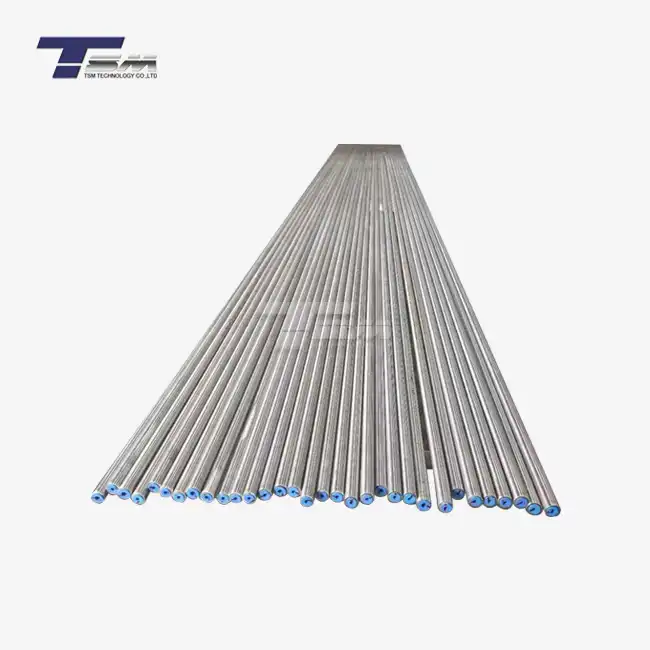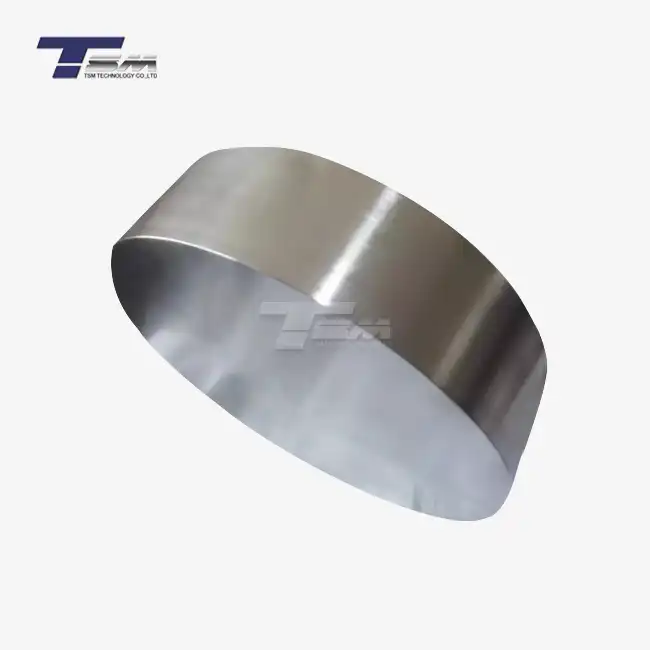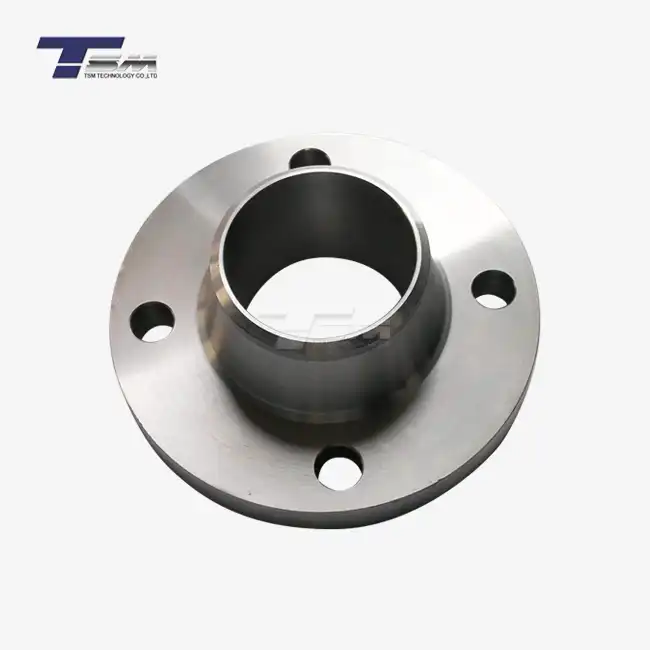- English
- French
- German
- Portuguese
- Spanish
- Russian
- Japanese
- Korean
- Arabic
- Greek
- German
- Turkish
- Italian
- Danish
- Romanian
- Indonesian
- Czech
- Afrikaans
- Swedish
- Polish
- Basque
- Catalan
- Esperanto
- Hindi
- Lao
- Albanian
- Amharic
- Armenian
- Azerbaijani
- Belarusian
- Bengali
- Bosnian
- Bulgarian
- Cebuano
- Chichewa
- Corsican
- Croatian
- Dutch
- Estonian
- Filipino
- Finnish
- Frisian
- Galician
- Georgian
- Gujarati
- Haitian
- Hausa
- Hawaiian
- Hebrew
- Hmong
- Hungarian
- Icelandic
- Igbo
- Javanese
- Kannada
- Kazakh
- Khmer
- Kurdish
- Kyrgyz
- Latin
- Latvian
- Lithuanian
- Luxembou..
- Macedonian
- Malagasy
- Malay
- Malayalam
- Maltese
- Maori
- Marathi
- Mongolian
- Burmese
- Nepali
- Norwegian
- Pashto
- Persian
- Punjabi
- Serbian
- Sesotho
- Sinhala
- Slovak
- Slovenian
- Somali
- Samoan
- Scots Gaelic
- Shona
- Sindhi
- Sundanese
- Swahili
- Tajik
- Tamil
- Telugu
- Thai
- Ukrainian
- Urdu
- Uzbek
- Vietnamese
- Welsh
- Xhosa
- Yiddish
- Yoruba
- Zulu
Annealing or Bright Annealing? Why is Annealing/Bright Annealing Required?
Annealing and bright annealing are crucial heat treatment processes in metallurgy, each serving specific purposes in enhancing material properties. Annealing is a broader term encompassing various heat treatments that improve ductility and reduce hardness, while bright annealing is a specialized form that maintains or enhances surface finish. These processes are necessary to relieve internal stresses, enhance workability, and optimize the mechanical properties of metals and alloys. The choice between annealing and bright annealing depends on the desired material characteristics and end-use applications, with bright annealing being particularly valued in industries that demand high-quality surface finishes alongside improved material properties.
Understanding the Annealing Process
The Basics of Annealing
Annealing is a heat treatment process that alters the physical and sometimes chemical properties of a material to increase its ductility and reduce its hardness, making it more workable. This process involves heating a material to a specific temperature, maintaining that temperature for a set period, and then cooling it slowly. The annealing temperature and cooling rate vary depending on the material and desired properties.

Types of Annealing
There are several types of annealing processes, each tailored to achieve specific material properties:
- Full Annealing: Involves heating the material above its recrystallization temperature, holding it there, and then cooling it slowly to room temperature.
- Process Annealing: A partial annealing process used to soften cold-worked materials for further working.
- Stress Relief Annealing: Used to remove internal stresses caused by machining, welding, or other manufacturing processes.
- Normalizing: Similar to full annealing but with a faster cooling rate, typically used for steels.
Benefits of Annealing
Annealing offers numerous advantages in metalworking:
- Increased Ductility: Makes materials more pliable and easier to form.
- Stress Relief: Eliminates internal stresses that could lead to part failure.
- Improved Machinability: Softer materials are often easier to machine.
- Homogenization: Promotes a more uniform structure and composition.
- Grain Size Control: Allows for manipulation of grain size to achieve desired properties.
Exploring Bright Annealing
What is Bright Annealing?
Bright annealing is a specialized form of annealing performed in a controlled atmosphere to prevent surface oxidation. This process not only achieves the typical annealing benefits but also maintains or enhances the surface finish of the material. The controlled atmosphere, often consisting of hydrogen or other inert gases, prevents the formation of scale or discoloration on the metal surface.
The Bright Annealing Process
The bright annealing process typically involves the following steps:
- Cleaning: The material is thoroughly cleaned to remove any surface contaminants.
- Atmosphere Control: The annealing furnace is purged with an inert gas or hydrogen.
- Heating: The material is heated to the annealing temperature in the controlled atmosphere.
- Holding: The temperature is maintained for a specific duration to allow for microstructural changes.
- Cooling: The material is cooled slowly, still within the controlled atmosphere.
Applications of Bright Annealing
Bright annealing finds extensive use in industries where surface finish is critical:
- Stainless Steel Processing: Particularly for austenitic stainless steels used in decorative applications.
- Aerospace Components: Where surface quality and material properties are equally important.
- Medical Instruments: To achieve a clean, oxide-free surface on surgical tools.
- Automotive Trim: For parts that require both structural integrity and aesthetic appeal.
- Electronics: In the production of connectors and other components requiring high conductivity and clean surfaces.
Comparing Annealing and Bright Annealing
Key Differences
While both processes aim to improve material properties, they differ in several aspects:
- Atmosphere: Standard annealing often occurs in air, while bright annealing requires a controlled atmosphere.
- Surface Finish: Bright annealing maintains or improves surface finish, whereas standard annealing may result in surface oxidation.
- Cost: Bright annealing is generally more expensive due to the need for specialized equipment and gases.
- Application Specificity: Bright annealing is more specialized and used when surface quality is paramount.
Choosing Between Annealing and Bright Annealing
The choice between annealing and bright annealing depends on several factors:
- Material Type: Some alloys benefit more from bright annealing than others.
- End-Use Requirements: Consider whether surface finish is critical for the application.
- Cost Considerations: Evaluate if the additional cost of bright annealing is justified by the end product's requirements.
- Production Volume: High-volume production might justify the investment in bright annealing equipment.
- Subsequent Processing: Consider if further surface treatments will be applied after annealing.
Innovations in Annealing Technologies
The field of annealing continues to evolve, with new technologies emerging:
- Precision Control Systems: Advanced furnaces with precise temperature and atmosphere control.
- Rapid Annealing Techniques: Methods to reduce processing time without compromising quality.
- Hybrid Annealing Processes: Combining annealing with other heat treatments for optimized properties.
- Eco-Friendly Annealing: Developing more energy-efficient and environmentally friendly annealing processes.
- Simulation and Modeling: Using advanced software to predict and optimize annealing outcomes.
Conclusion
Annealing and bright annealing are indispensable processes in the world of metallurgy and materials science. While standard annealing offers a wide range of benefits in terms of material workability and stress relief, bright annealing provides these advantages while maintaining superior surface quality. The choice between these processes depends on the specific requirements of the application, balancing factors such as material properties, surface finish, cost, and production volume. As technology advances, both processes continue to evolve, offering new possibilities for material enhancement and expanding their applications across various industries.
Contact Us
For expert guidance on selecting the right annealing process for your superior nickel alloy and special metals needs, contact TSM TECHNOLOGY. Our team of specialists is ready to assist you in optimizing your material properties for peak performance. Reach out to us at info@tsmnialloy.com to discuss your specific requirements and discover how our advanced annealing solutions can elevate your products.
References
Smith, J. R. (2021). "Advanced Heat Treatment Processes in Metallurgy." Journal of Materials Engineering and Performance, 30(4), 2567-2580.
Johnson, A. L., & Brown, K. M. (2020). "Comparative Study of Annealing Techniques for Nickel-based Superalloys." Materials Science and Engineering: A, 772, 138709.
Chen, X., et al. (2019). "Bright Annealing: Principles and Industrial Applications." International Materials Reviews, 64(6), 325-350.
Thompson, R. G. (2022). "Innovations in Annealing Technologies for Aerospace Materials." Aerospace Science and Technology, 120, 106901.
Patel, S., & Kumar, V. (2018). "Effect of Annealing Parameters on Microstructure and Mechanical Properties of Inconel 718." Journal of Alloys and Compounds, 763, 101-111.
Lee, Y. S., et al. (2023). "Optimization of Bright Annealing Process for Stainless Steel Using Machine Learning Algorithms." Materials & Design, 226, 111355.
Learn about our latest products and discounts through SMS or email



